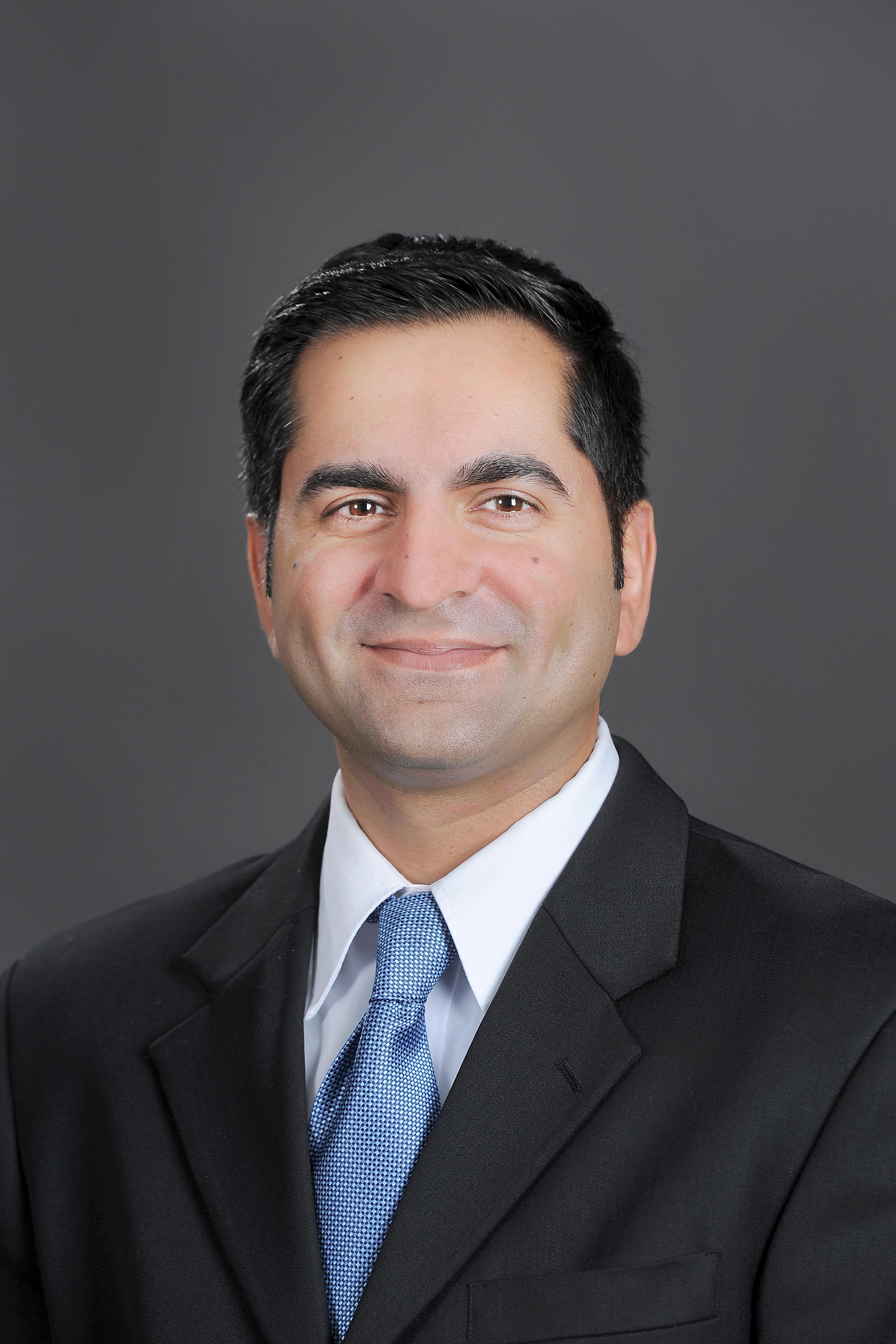Breaking Down Ad Silos to Boost Your Bottom Line
Business management systems give broadcasters flexibility to access data and insights across platforms

To better help content creators handle the uptick in new linear TV and streaming channels, an expanding fleet of technologies that fall under the broadcast management systems umbrella are on the rise. There are new technologies designed to address converged TV advertising; ways to ensure consistent ad placement across different delivery methods, and new ways to transform monetization strategies for streaming TV.
And since the goals of today’s business management systems are as varied as the content itself, the technologies are varied too, allowing content creators to sell programmatic advertising on multiple platforms as well as manage HR issues and streamline the automation of order workflows.
More Data Please
“Today’s media seller is faced with more challenges than ever before—more solutions to offer, more competition and more budget pressure,” said Jimshade Chaudhari, senior vice president of product for Marketron. “To compete against these challenges, sellers need to deliver a comprehensive marketing program to advertisers through a converged order.”

Converged orders like the one Chaudhari mentions bring OTA, O&O and digital inventory into a single, organized buy. Sales platforms that support converged orders, like Marketron REV, give access to real-time inventory, ratings and sales activity.
And as the industry well knows, one of the most compelling features of broadcast management systems is the harnessing of sales activity. Stations can use the technology to convert requests and proposals into orders. Once an order is authorized it can be executed into a radio or TV traffic system—even a third-party platform—via a web-based user interface.
“[The technology] maximizes linear revenue and O&O inventory through yield management and dynamic pricing while integrating with traffic, CRM, billing and reporting platforms,” Chaudhari said. “These integrations give broadcasters the flexibility to access data and insights across platforms and across their businesses.”
Harken back to a time more than a decade ago when the broadcast industry as a whole began to realize that those platforms—plural—were here to stay. As change rushed in in the form of an influx of streaming and niche programming channels, many broadcasters in the industry made what seemed—at the time—to be a wise step: creating a separate silo for digital sales.
“The challenge was that many broadcasters knew they had to get into digital. But instead of modifying their linear traffic and billing systems in order to handle digital, what they did was they ended up buying an ad server and creating a siloed tech stack for their digital,” said Rob Malcolm, general manager of Ad Tech at Imagine Communications. “And it turns out that’s not a very scalable or very cost-efficient way to run your business.”
Many of those same players are now in the midst of trying to consolidate those rudimentary digital platforms with traditional traffic and billing modality to be able to sell an audience across all platforms in a single way, Malcolm said. Agencies and brands don’t care if it’s linear TV or addressable, they just want to buy the audience across all the platforms, he said.
As a result, a number of broadcast management systems are offering new ways to manage the resultant digital permutations and combinations. “[These systems are] ultra-mission critical. Every day [a station] can’t place an ad is money down the drain,” Malcolm said.
Imagine’s OSI traffic & billing platform, allows broadcasters and media companies to sell and decide where ads should be placed, manage the optimization of what ad to place in what location, to record impressions and to handle billing. Imagine has separate platforms that achieve this depending on region; in the U.S. market, OSI is based around the unique way local stations sell advertising.
“The industry has gone from a platform sales approach to audience sales approach, so media needs to be sold in a more integrated basis.”
Ben Tatta
“If you think of it from a contract-to-cache standpoint, we have everything from management systems all the way to billing the agency and ad serving,” Malcolm said.
Although not disclosing specific details, Imagine plans to introduce several new products to the market within the next six months that will “ultimately enable customers to make more money in this cross platform world we find ourselves in,” Malcolm said.
Cloud Effect
Other broadcast management systems are targeted on a platform- vs. an audience-based sales approach. Operative’s cloud-based AOS converged advertising system manages advertising workflows across platforms and inventories.

“The first step is to drive interoperability, the second is to allow companies to sell interoperationally,” said Ben Tatta, chief commercial officer at Operative. “The industry has gone from a platform sales approach to audience sales approach, so media needs to be sold in a more integrated basis.”
This shift became materially clear during the pandemic, he said. “People were home, they were consuming more content and there was a shift toward digital consumption,” Tatta said. And that carried all the way out to advertising, he said.
AOS is now accessible through Google Cloud to allow customers to more easily integrate AOS into their advertising workflow. According to Operative, retail, digital and linear media operations can use AOS as a “connective tissue” via the cloud to converge advertising workflows.
Other technologies are evolving in other ways. The Xytech Systems Media Operations Platform has been slimmed down into a new mobile native interface that can be used to remotely manage resources and assets. WideOrbit recently announced the latest version of its WO Traffic media ad traffic operations platform that includes spot-level order validation and streamlined material approval options.
Forging Ahead
As these technologies continue to evolve, the industry is looking ahead and attempting to make assumptions about what the market will look like in 5-10 years.
“[Some] just think the future is [only] digital, but we are starting to see cracks in that [view],” Malcolm said. “One thing people love about television is the ability to some degree control where your spot is going to be placed.” Ten years from now, when we as a nation are watching the Super Bowl, for every TV set that can receive an addressable ad unique to a viewer, there will be brands that want their ad to be shown at a specific time and at a specific break.
“The future of the media industry is connecting advertisers with the right audience on the right platform in a way that optimizes margin and delivers results,” added Chaudhari from Marketron.
And as that transition continues in both TV and radio, it will be integrated tools and customized support from broadcast management systems that will best support the transition.
Get the TV Tech Newsletter
The professional video industry's #1 source for news, trends and product and tech information. Sign up below.
Susan Ashworth is the former editor of TV Technology. In addition to her work covering the broadcast television industry, she has served as editor of two housing finance magazines and written about topics as varied as education, radio, chess, music and sports. Outside of her life as a writer, she recently served as president of a local nonprofit organization supporting girls in baseball.

